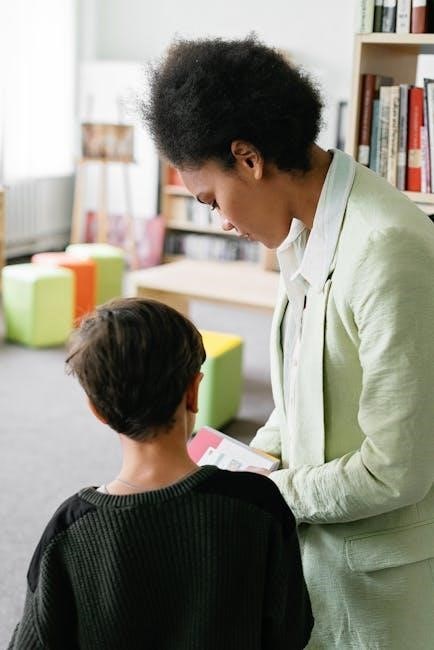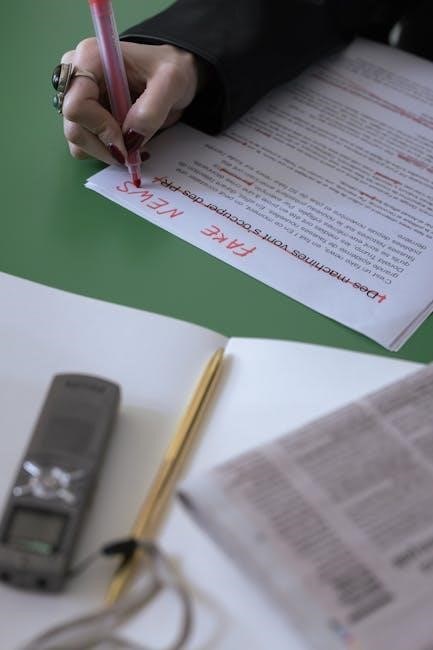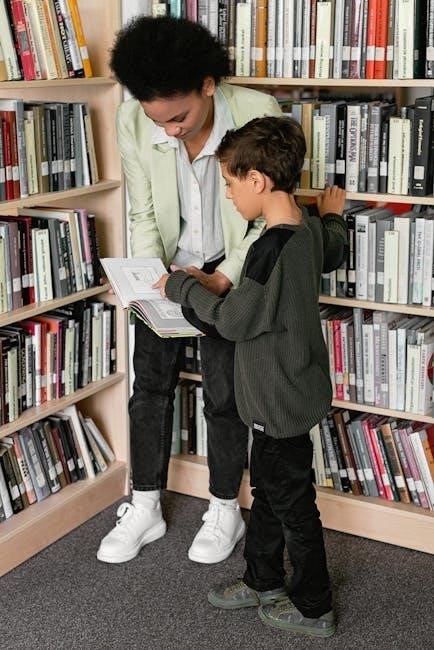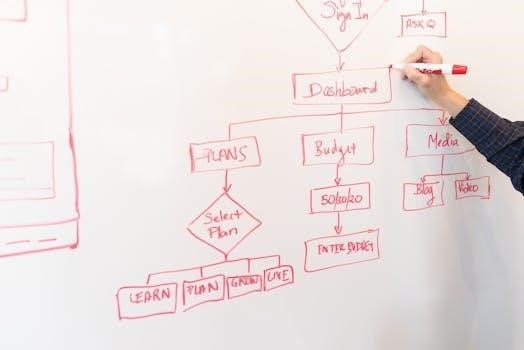50 instructional routines to develop content literacy
50 Instructional Routines to Develop Content Literacy: An Article Plan
This article explores fifty step-by-step procedures designed to improve students’ literacy skills across various content areas. These routines aim to actively engage students in reading, writing, speaking, listening, and viewing, fostering a comprehensive and integrated approach to literacy development in the classroom, ultimately enhancing comprehension.
In today’s educational landscape, content literacy stands as a cornerstone for academic success. It extends beyond basic reading and writing skills, emphasizing the ability to learn and comprehend subject-specific content effectively. This involves not just decoding words, but also understanding concepts, analyzing information, and applying knowledge within diverse disciplines. As California moves towards comprehensive literacy, it’s clear that integrating reading and writing into every subject is essential.
Content literacy is crucial because it enables students to navigate complex texts, fostering critical thinking and problem-solving skills. By employing instructional routines, educators can guide students to actively engage with texts, summarize key points, and connect new information to prior knowledge. These routines are designed to support all students, including those historically underserved, ensuring they can access and master content across the curriculum.
Moreover, content literacy promotes lifelong learning. By equipping students with the tools to understand and analyze information in any field, we prepare them to be informed and engaged citizens. This article delves into fifty instructional routines that empower teachers to cultivate content literacy, fostering a deeper understanding of subject matter and promoting academic achievement.
What are Instructional Routines?
Instructional routines are structured, repeatable sequences of actions that teachers and students use to accomplish specific learning goals. They provide a predictable framework for classroom activities, reducing cognitive load and freeing students to focus on the content being taught. These routines are not rigid scripts, but rather flexible frameworks that can be adapted to suit different subjects and learning styles.
Effective instructional routines share several key characteristics. They are explicit, with clear expectations for both teachers and students. They are consistent, implemented regularly to build familiarity and automaticity. They are also interactive, encouraging active participation and collaboration among students. By incorporating elements of reading, writing, speaking, listening, and viewing, instructional routines foster comprehensive literacy development.

The goal of instructional routines is to create a supportive learning environment where students feel comfortable taking risks and engaging with challenging material. By establishing clear procedures and expectations, routines minimize distractions and maximize instructional time. Ultimately, instructional routines empower teachers to deliver effective instruction and enable students to achieve their full potential.
They ensure that all students are engaging in various aspects of the literacy process. The routines are selected to ensure that all students engage in reading, writing, speaking, listening, and viewing as part of the literacy process.
Reducing Cognitive Load Through Routines

Cognitive load refers to the mental effort required to process information. When students face high cognitive load, their ability to learn and retain information diminishes. Instructional routines are powerful tools for reducing cognitive load in the classroom, allowing students to focus on understanding the content rather than struggling with the process.
By establishing predictable patterns for common tasks, routines free up working memory. Students know what to expect and how to participate, reducing anxiety and uncertainty. This predictability allows them to allocate more mental resources to comprehending complex concepts and developing critical thinking skills. For example, a consistent routine for note-taking or group discussions ensures that students can participate effectively without being overwhelmed by the mechanics of the activity.
Moreover, routines can be designed to scaffold learning, breaking down complex tasks into smaller, more manageable steps. This gradual release of responsibility allows students to build confidence and mastery over time. By minimizing distractions and promoting focus, instructional routines create a more efficient and effective learning environment. Students can focus on the content or skill to be learned rather than the task, leading to improved comprehension and retention.
Ultimately, reducing cognitive load through routines empowers students to become more independent and self-regulated learners.
Key Components of Effective Literacy Instruction
Effective literacy instruction encompasses several key components that work together to foster students’ ability to read, write, speak, listen, and view critically and effectively. A foundational element is explicit and systematic instruction in phonological awareness, phonics, fluency, vocabulary, and comprehension. These skills provide the building blocks for decoding and understanding text.
Another crucial component is providing students with ample opportunities to engage in authentic reading and writing experiences. This includes exposure to a wide range of genres and text types, as well as opportunities to write for various purposes and audiences. Creating a literacy-rich environment is also essential, with access to books, magazines, and other reading materials that reflect students’ interests and cultural backgrounds.

Furthermore, effective literacy instruction involves ongoing assessment and feedback. Teachers need to monitor students’ progress regularly and provide targeted support to address individual needs. Small group instruction, differentiated activities, and personalized learning approaches can help ensure that all students receive the support they need to succeed.

Finally, integrating literacy across the curriculum is vital. Literacy skills are not confined to English language arts classes but are essential for learning in all subject areas. By incorporating reading, writing, speaking, and listening activities into science, social studies, and mathematics lessons, teachers can reinforce literacy skills and deepen students’ understanding of content.
Examples of Foundational Literacy Instructional Routines
Foundational literacy instructional routines are essential for building a strong base in reading and writing. One example is “Rhyme Time,” a routine where students identify and produce rhyming words, enhancing phonemic awareness, a crucial pre-reading skill. Another routine, “Sound Sort,” involves categorizing words based on specific sounds, further developing phonological skills and preparing students for decoding.
For developing phonics skills, the “Word Building” routine is effective. Students manipulate letter tiles or write letters to create words, connecting sounds to written symbols. “Fluency Practice” involves repeated reading of familiar texts to improve reading speed and accuracy. This routine can be enhanced through choral reading or paired reading activities.
Vocabulary development is fostered through routines like “Word of the Day,” where a new word is introduced, defined, and used in context. “Concept Sorts” help students categorize words based on shared meanings or attributes, expanding their vocabulary and comprehension.

Comprehension skills are addressed through routines like “Think-Pair-Share,” where students discuss their understanding of a text with a partner before sharing with the whole class. “Summarizing” involves identifying the main idea and key details of a text, promoting active reading and retention. These foundational routines provide a structured approach to literacy instruction, supporting students as they develop essential skills.
Cross-Content Instructional Routines
Cross-content instructional routines are designed to seamlessly integrate literacy skills into various subject areas, enhancing comprehension and retention. One such routine is “Annotation,” where students actively engage with texts by highlighting key information, asking questions, and making connections. This routine can be applied to history, science, or even math texts, promoting deeper understanding.
Another powerful routine is “Think-Pair-Share,” adaptable across subjects for brainstorming, problem-solving, or summarizing content. Students first reflect individually, then discuss with a partner, and finally share with the class, fostering active participation and collaborative learning.
The “OPTIQ” routine (Overview, Parts, Title, Interrelationships, Questions) encourages students to analyze visuals, such as charts, graphs, or diagrams, found in various subjects. This routine enhances visual literacy and critical thinking skills.
“Recall to Relate” prompts students to connect new information to prior knowledge, strengthening comprehension and retention. This routine is particularly useful in subjects like science and history, where concepts build upon each other.
“Backstory” involves providing context or background information before introducing a new topic, making the content more accessible and engaging. “Zoom In & Out” encourages students to examine a topic from both a micro and macro perspective, fostering a more comprehensive understanding.

“Silent Graffiti” allows students to anonymously share their thoughts and questions on a large sheet of paper, promoting active engagement and reflection. These routines transform passive learning into active participation.
Strategies for Active Student Participation
Fostering active student participation is crucial for developing content literacy. One effective strategy is incorporating partner work, such as “Think-Pair-Share,” where students discuss ideas before sharing with the whole class. This encourages engagement and allows students to learn from each other.
Another strategy is using interactive notebooks, where students record their thoughts, questions, and reflections on the content. This hands-on approach promotes active learning and helps students make connections to the material.

Questioning techniques are also essential for active participation. Instead of simply asking recall questions, teachers can use open-ended questions that require students to think critically and apply their knowledge. “Why?” and “How?” questions stimulate deeper thinking.

Games and simulations can also be used to make learning more engaging and interactive. These activities provide opportunities for students to apply their knowledge in a fun and meaningful way.
Furthermore, providing students with choices in their learning can increase motivation and engagement. Allowing students to choose the format of their assignments or the topics they research can empower them and make them more invested in their learning.
Finally, creating a classroom environment where students feel safe to take risks and share their ideas is crucial for active participation. Encouraging respectful communication and valuing diverse perspectives can foster a sense of community and encourage all students to participate.
Integrating Reading, Writing, Speaking, Listening, and Viewing

Effective content literacy instruction requires the seamless integration of reading, writing, speaking, listening, and viewing skills. These skills are interconnected and mutually reinforcing, contributing to a deeper understanding of the subject matter.
Reading activities should extend beyond simply decoding text. Students should be encouraged to actively engage with the material through annotation, summarizing, and questioning. Teachers can model effective reading strategies and provide opportunities for students to practice these skills independently and collaboratively.
Writing should be used as a tool for learning and expressing understanding. Students can write summaries, reflections, research reports, and creative pieces to demonstrate their comprehension of the content. The writing process should be emphasized, with opportunities for drafting, revising, and editing.
Speaking and listening skills are essential for effective communication and collaboration. Students should be provided with opportunities to participate in discussions, presentations, and debates. Teachers can model effective speaking and listening techniques and provide feedback to students on their performance.
Viewing skills are increasingly important in today’s media-rich world. Students should be taught how to critically analyze visual texts, such as videos, images, and websites. Teachers can use visual aids to enhance instruction and provide opportunities for students to create their own visual presentations.
By integrating these five skills, teachers can create a more engaging and effective learning environment that promotes deep understanding and lifelong learning.
The implementation of instructional routines offers a powerful strategy for enhancing literacy skills across all content areas. By establishing consistent and predictable structures, these routines reduce cognitive load, allowing students to focus on the content itself rather than struggling with the task at hand. The fifty routines presented provide a diverse toolkit for educators seeking to cultivate a literacy-rich learning environment.
These routines are not intended to be implemented rigidly; rather, they should be adapted and modified to meet the specific needs of students and the demands of the curriculum. The key is to select routines that align with learning objectives and provide opportunities for active student participation.
Consistent use of these routines fosters a culture of literacy in the classroom. Students become familiar with the expectations and procedures, leading to increased engagement and improved learning outcomes. Moreover, these routines promote the integration of reading, writing, speaking, listening, and viewing, creating a holistic approach to literacy development.
Ultimately, the goal is to empower students to become confident and competent communicators who can effectively access and process information from a variety of sources. By embracing instructional routines, educators can pave the way for improved literacy skills and lifelong learning success for all students.










Leave a Comment